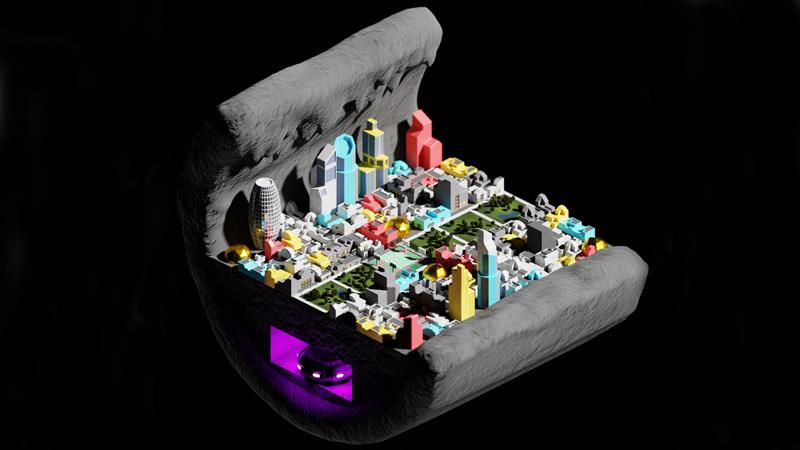In collaboration with experts at Hillarys, Professor Lewis Dartnell has created a digital model of a colonisation called Moontopia, illustrating what life might be like if humans populated the Moon 150 years from now.

Through the digital model, Professor Dartnell examines why humans would go to the Moon, what it would be like to live there and what a human colony on the Moon would look like, with specific reference to lava tube formations.
Because the Moon was previously volcanically active, there are a number of large naturally formed lava tubes, which are big enough to start building cities inside. However, in order for them to be habitable, Professor Dartnell notes that they would need to be sealed on both ends and pressurised to provide breathable air.
Though he says a human colony on the Moon is possible, he points out it would be an extensive adjustment for humans. For instance, humans would be confined to a small space and would be unable to leave their ‘town’ without intense preparation and risk.
His model also considers hazards when living on the Moon, such as micrometeorites and cosmic radiation due to the Moon’s airless surface being unprotected. Professor Dartnell notes that living underground in the lava tubes would provide a barrier against these meteorites and shield residents from cosmic radiation.
Talking about humans inhabiting the Moon, Professor Dartnell said: “As our understanding of space advances, the opportunity to start a new world becomes ever more possible.
“Moving home or to another country is already incredibly exciting, imagine what it would be like to move to an entirely different habitat. The challenges and problems would be new and hard but the mind boggles at the potential opportunities and what the human race could achieve if we take this next step.”


